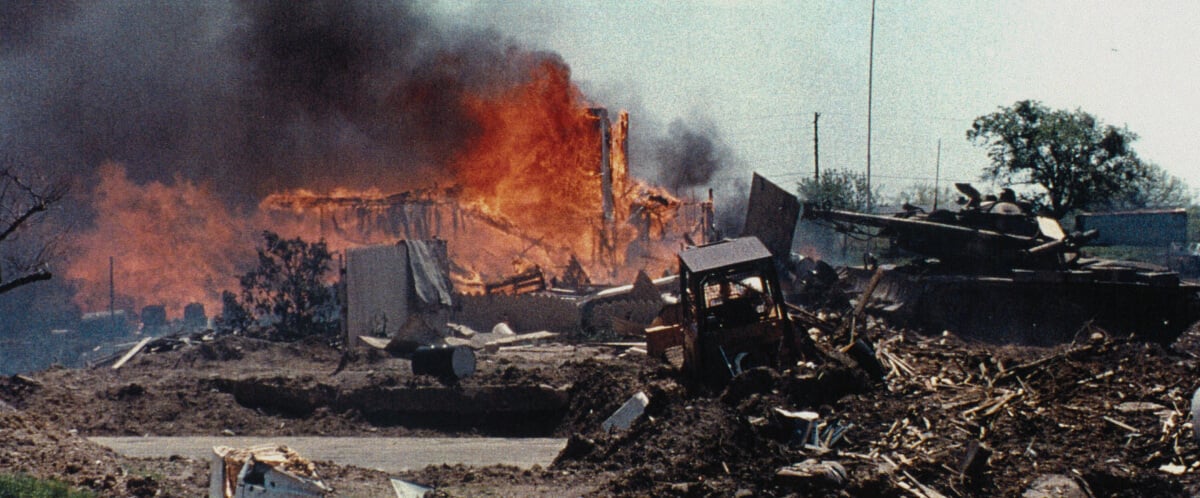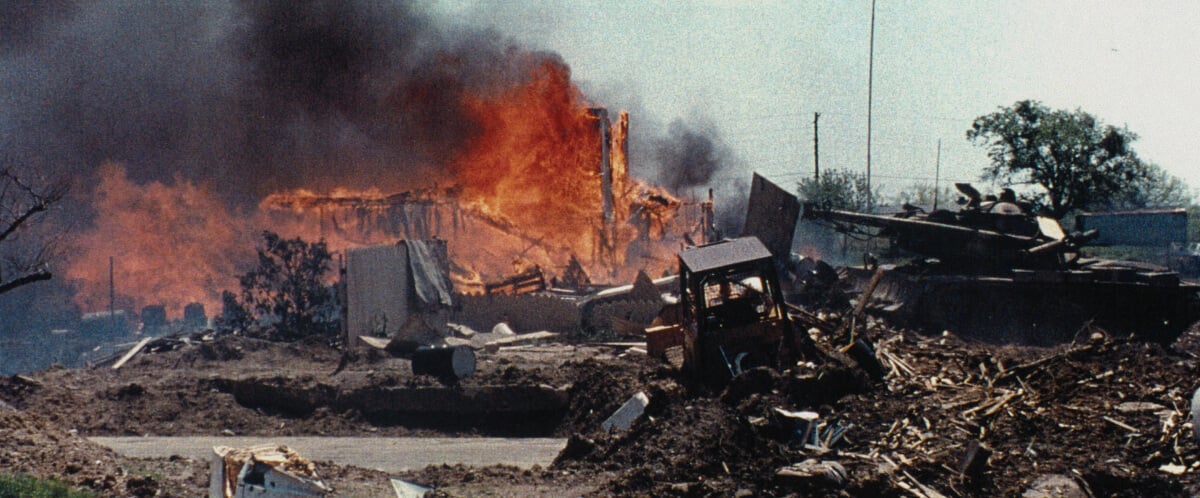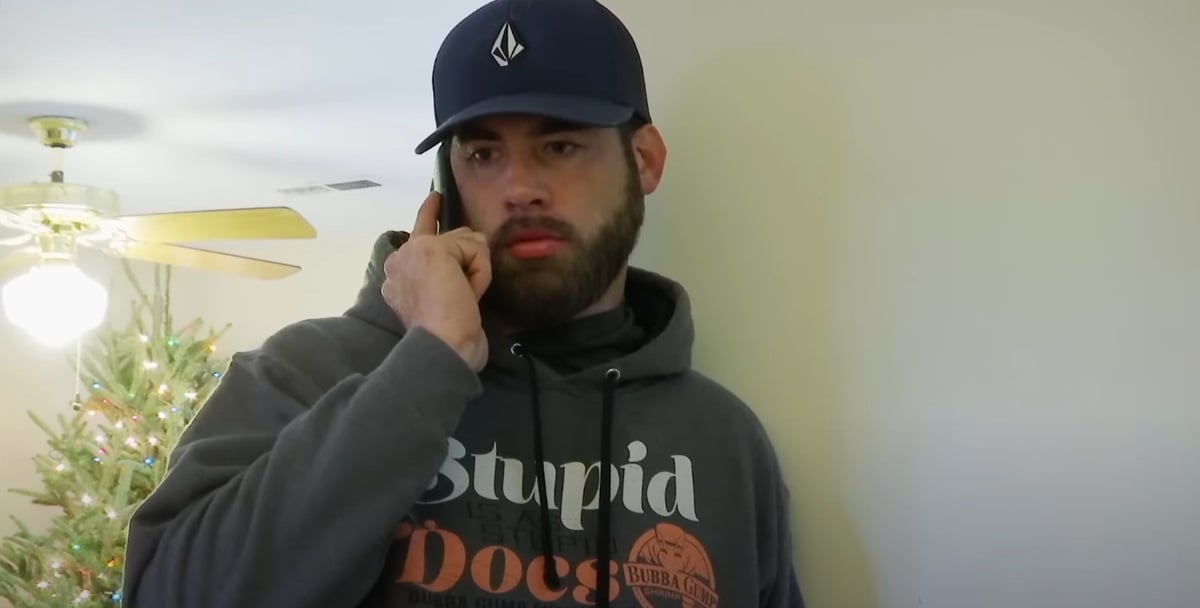
‘Waco: American Apocalypse’: How the Waco Tragedy Relates to the Oklahoma City Bombing
At first, the tragedy that is explored in the Netflix documentary Waco: America Apocalypse might seem far removed from the Oklahoma City bombing. The former involved a religious cult known as the Branch Davidians, while the latter involved an act of domestic terrorism. Still, there are surprising connections between the two that were briefly touched on in Waco: American Apocalypse.

What is ‘Waco: American Apocalypse’ about?
Waco: American Apocalypse explores the 51-day standoff in which ATF and FBI agents attempted to siege a religious compound that belonged to the Branch Davidians. The religious group was led by David Koresh, and the documentary includes testimony from law enforcement, news reporters, and Branch Davidians.
When the ATF initially tried to raid the compound, a gunfight ensued, resulting in the deaths of four ATF agents and six Branch Davidians. The 51-day standoff ended when the Branch Davidians compound caught fire, resulting in the deaths of 76 Branch Davidians.
What does the Waco tragedy have to do with the Oklahoma City bombing?
The standoff unsurprisingly drew the attention of the media, but more than news reporters arrived at the scene. Waco: American Apocalypse shows footage of the arrival of Timothy McVeigh outside the compound. McVeigh would go on to commit the Oklahoma City bombing in 1995. The attack remains the deadliest act of domestic terrorism in U.S. history.
Though Koresh and McVeigh weren’t united by the same religious beliefs, Waco struck a chord with McVeigh. “The Branch Davidians were not white supremacists,” writer Leanard Zeskin told PBS. “But now a broader section of the far right sees itself in Waco [and] says, ‘We’re being suppressed for our beliefs and our guns.'”
When McVeigh showed up, he brought bumper stickers with pro-gun, anti-government slogans and Nazi symbolism. Two years later, McVeigh and Terry Nichols detonated explosives outside the Alfred P. Murrah Federal Building in Oklahoma City. The blast killed 168 people and injured hundreds more.
“They wanted to retaliate against the government, based on Waco,” former Assistant U.S. Attorney Beth Wilkinson told The Oklahoman in 1997. “In fact, the evidence shows that Mr. McVeigh was recruiting other individuals based on his hatred for the government and unhappiness with the Waco situation.”
The date of the Oklahoma City bombing is significant
Waco: American Apocalypse points out that the Oklahoma City bombing took place on the same date that the compound in Waco burned to the ground — April 19th.
In an article from NBC News, FBI profiler Clint Van Zandt remembers using the date as a starting point for identifying the Oklahoma City bomber. “Today’s date, April 19th, the two-year anniversary of Waco; that would be the key to the bombing, to the deaths,” he wrote.
“I felt the bomber would be a white male, either acting alone or perhaps with one other person. He’d be in his mid-20s with military experience, and would likely be a fringe-like member of some militia group. But the key to this crime would be the date. The bomber will be angry at the government for what happened at Waco and probably Ruby Ridge, and he will have told others so. He’ll be a homebred, full-blooded American terrorist.”
All episodes of Waco: American Apocalypse are currently streaming on Netflix.



